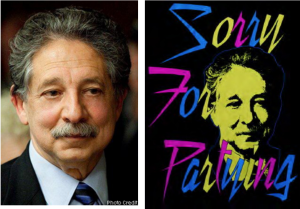The Second Circuit ruled today that, in its present form, the library digitization that Google began over ten years ago does not infringe US copyright law. This decision was entirely predictable given the court’s ruling in the related Hathitrust litigation, it is nonetheless momentous. Judge Leval’s cogent explanation of the law and the facts is an exemplary piece of legal writing. The decision is available here (AG v Google October 16, 2015) and merits careful reading.
This is great win for Google, but more importantly, it confirms a balanced approach to copyright law that will ultimately benefit authors, researchers, the reading public and the developers of new forms of information technology.
I have written several law review articles on the issues raised in this case — Orphan Works as Grist for the Data Mill, 27 Berkeley Technology Law Journal 2012, The Google Book Settlement and the Fair Use Counter-factual, and Copyright and Copy-Reliant Technology 103 Northwestern University Law Review 1607–1682 (2009). However, I believe that it was only when I teamed up with Matthew Jockers (a professor of English literature) and Jason Schultz (a law professor with deep experience in public interest litigation in addition to expertise in copyright) to write the amicus Brief Amicus Curiae of Digital Humanities and Law Scholars that my work truly became influential. The court did not cite the any amicus briefs in the case, but they were cited in the district court case and the related Hathitrust cases. Reading Judge Leval’s decision, I think it is clear that the excellent briefing by Google’s lawyers and the many public interest groups who contributed was helpful and influential.
This case is great victory for the public interest, it is also a great illustration of how a deep commitment to scholarship complements law school clinical programs and helps us serve the public interest.


